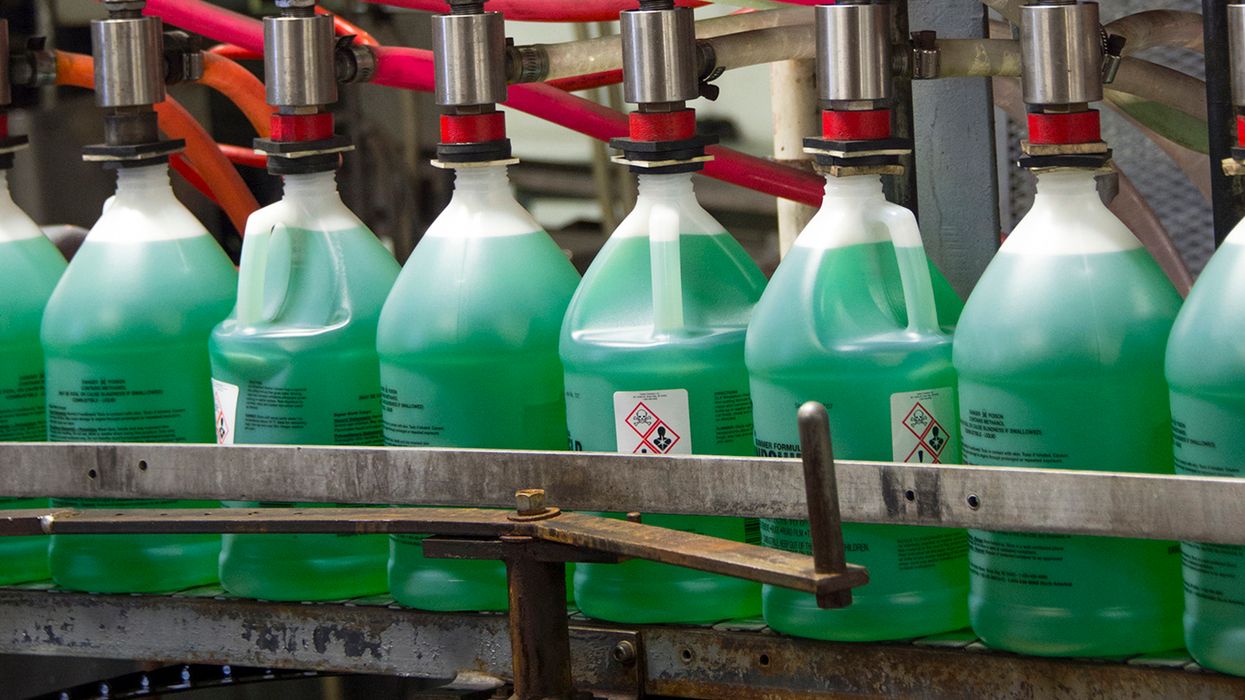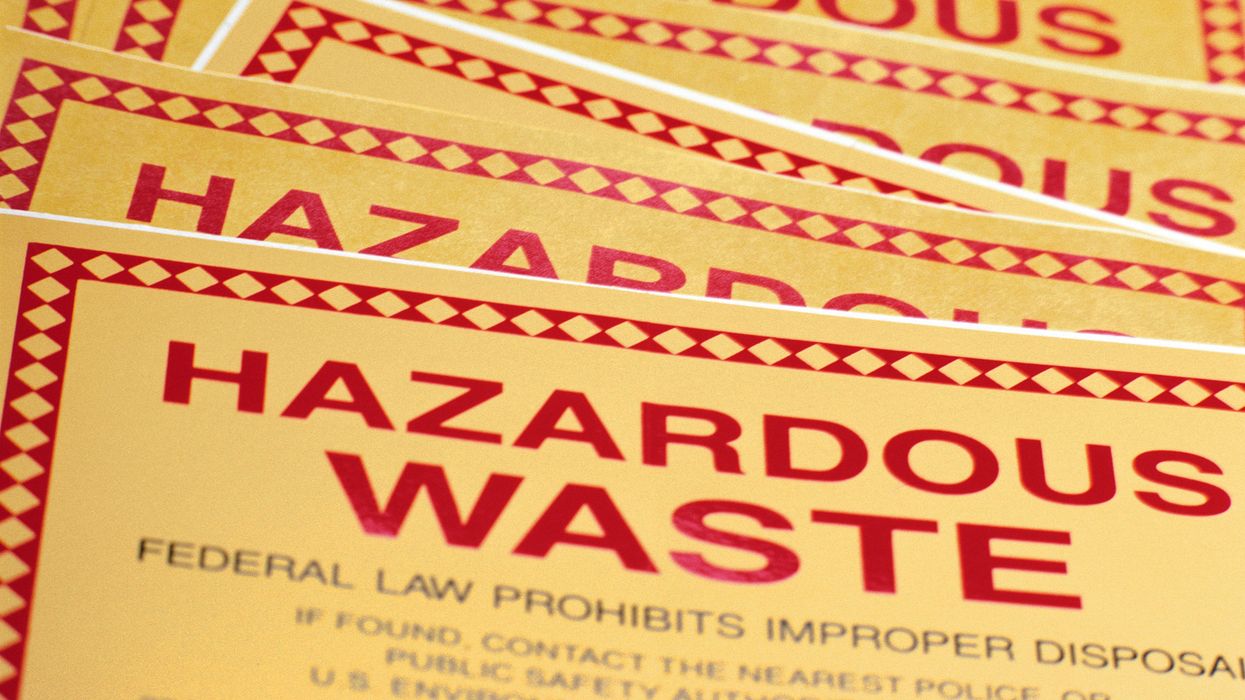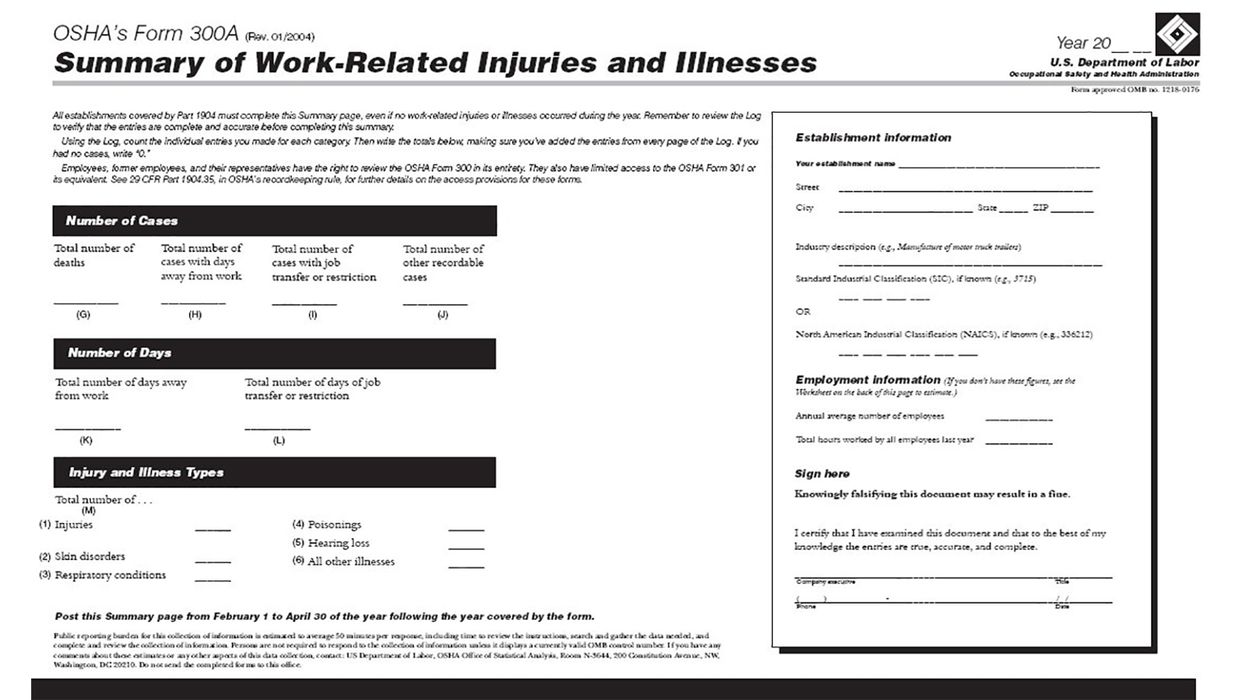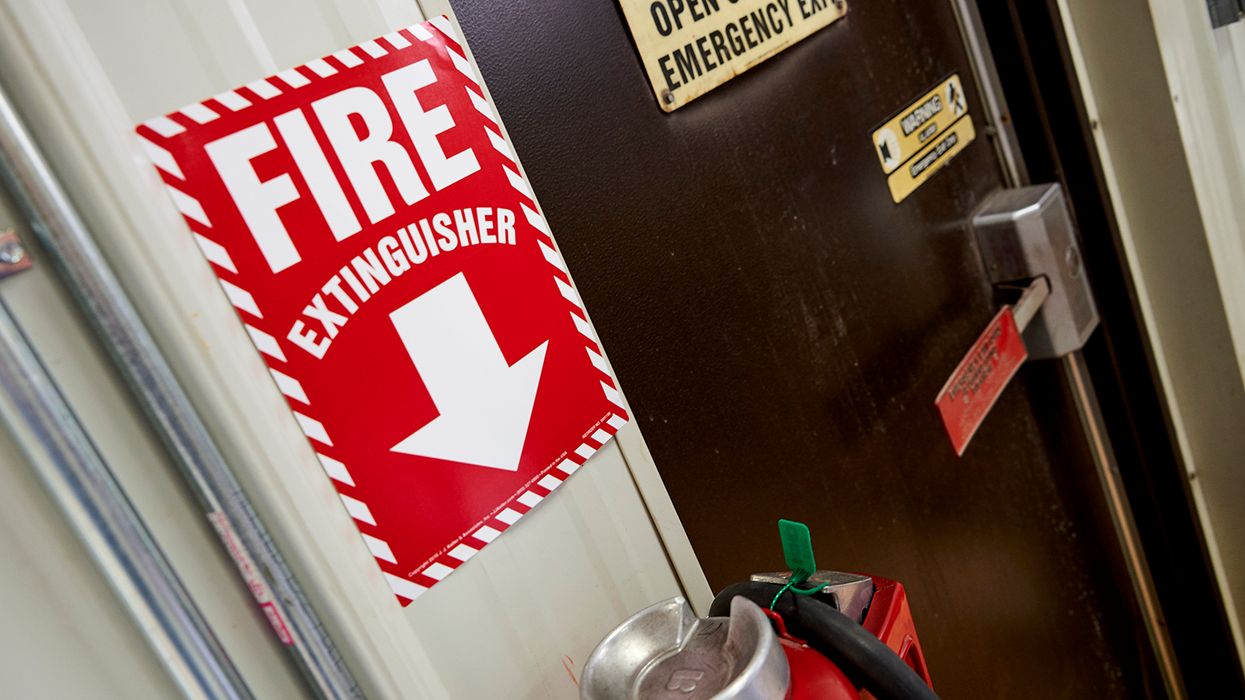Use chemical risk evaluations to plan ahead
Wouldn’t it be helpful to know ahead of time if a chemical that your facility uses may soon face additional or stricter regulations? Such an alert system exists! It’s in the form of risk evaluations conducted by the Environmental Protection Agency (EPA).
The Toxic Substances Control Act (TSCA) requires EPA to evaluate existing chemicals in the U.S. marketplace for safety. If the agency determines that a chemical substance poses an unreasonable risk to human or environmental health, it immediately begins the risk management process. Through the process, EPA develops compliance rules to control the risk.
Consider EPA’s final risk evaluation for 1,1-dichloroethane published in June 2025. In it, the agency determined that three uses present an unreasonable risk of injury to workers. EPA will now develop and finalize regulations to address the risk.
If EPA issues a final risk evaluation on a chemical substance that your facility manufactures (including imports), processes, distributes, uses, and/or disposes of, take note! It answers multiple questions that can help your facility prepare for future compliance obligations.
Will my facility have to comply?
EPA’s risk evaluation determines whether an existing chemical substance presents an unreasonable risk to health or the environment under specific conditions of use (COUs). Risk management regulations only apply to the COUs that present an unreasonable risk. If your facility engages in any covered COU, it will have to comply with the applicable future restrictions.
Let’s revisit the 1,1-dichloroethane risk evaluation. One of the three COUs that endanger the health of workers through inhalation exposure is processing the chemical substance for recycling. If a facility doesn’t process 1,1-dichloroethane for recycling, it won’t have to comply with future regulations for that COU.
Who’s affected?
The final risk evaluation defines the categories of human and environmental populations covered by the assessment (such as consumers, the general population, workers, and aquatic species), and it identifies the COUs that apply to them.
Knowing the types of populations that a covered COU affects can help facilities narrow down the kinds of compliance requirements that may apply. For instance, a final risk management rule may require facilities to:
- Implement a workplace chemical protection program for exposed employees,
- Send downstream notifications to supply chain members, or
- Add warning labels to consumer products.
What’s the regulatory timeline?
TSCA grants EPA one year from the publication date of the final risk evaluation to propose a risk management rule and another year after that to finalize it. So, potentially covered facilities can expect regulations within two years of the final risk evaluation.
For example, EPA published the final risk evaluation for 1,1-dichloroethane in June 2025, so the agency should finalize a rule by June 2027.
Compliance obligations for a final rule likely won’t begin immediately; EPA usually gives facilities time to make any needed changes to things like operations, equipment, etc.
How can my facility prepare?
Keep these tips in mind:
- Search for safer alternative chemical substances to use. In addition to eliminating the potential for new or additional compliance requirements, using a safer alternative can offer your business a competitive advantage. EPA’s Safer Chemical Ingredients List may be a good place to start.
- Look for ways to reduce employee exposure to the chemical substance. Evaluate your facility’s existing operations for ways to lower worker exposure. Consider things like changing work processes or upgrading to equipment with more protective features.
- Participate in the rulemaking. EPA will open its proposed risk management rule for public comments. You can provide feedback on the compliance requirements the agency plans to impose on regulated facilities. EPA will consider the public comments it receives before finalizing a rule.
Key to remember: EPA’s final chemical risk evaluations give facilities a heads-up that compliance changes are likely within the next couple of years.
















































